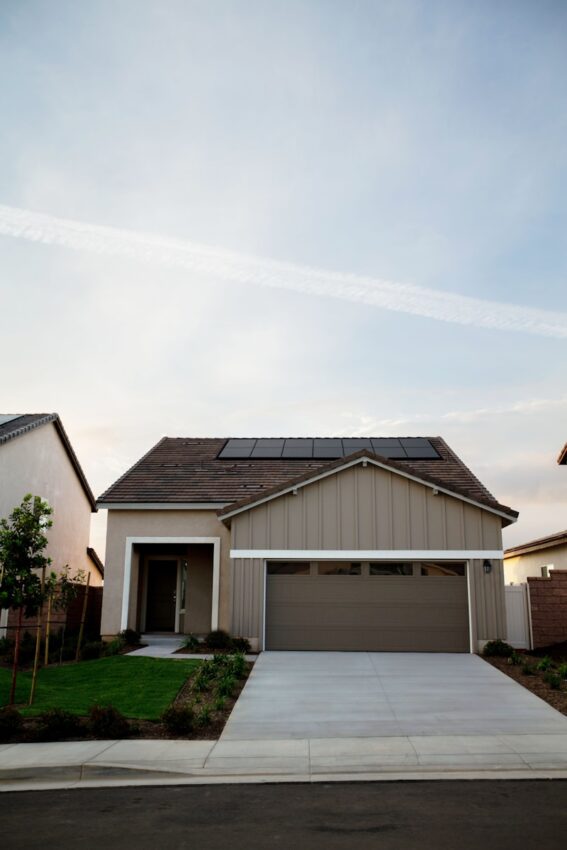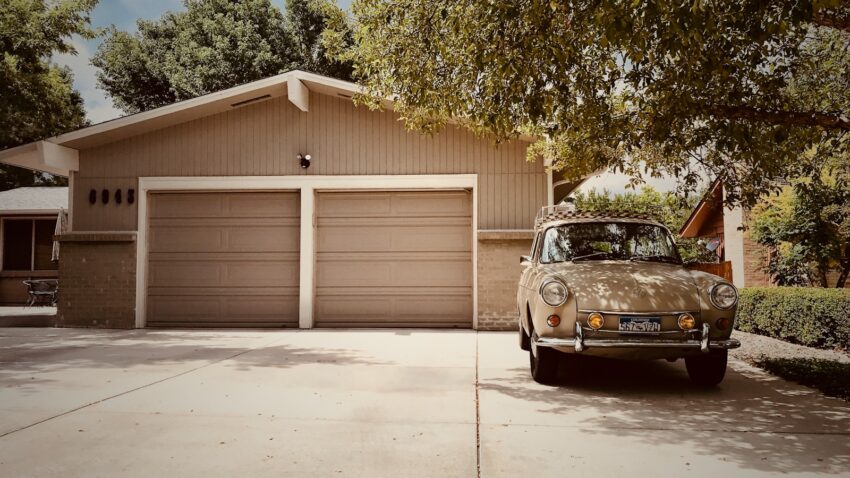When asked to imagine a garage, you’d undoubtedly imagine a room with a parked vehicle. If you’re a bit more creative, then you might extend it to a storage room or a home gym. And while those are the most common ways of how we use garages, there are better ways of how you can use that vast space in your home.

For example, a garage can easily become a workshop, an office, or you can even use it as an extension of your living space. If it’s any of the latter, you’ll need to make that room energy-efficient. Why? Well, you don’t want wasted energy or bumped-up electricity/heating bills.
A few small, smart, but strategic upgrades can sort this issue for you. Keep reading and find out!
Energy Drain
An unsealed or uninsulated garage can have a major effect on the overall energy efficiency of your house.
Because heat moves from warmer to colder places, it could leak into an uninsulated garage during the winter, resulting in a loss of energy. A heated garage could allow heat to enter your house during the warmer times of the year, making your air conditioning system work extra hard.
Eco-friendly energy use, comfort, and air quality of your home can all be improved by sealing and insulating the floor between your living area and a garage, but for best results, it’s great to insulate the whole garage as well.

6 Easy Ways to Increase Garage Energy Efficiency:
When you’re trying to increase the energy efficiency of any space, especially your garage, there are a few steps that are critical to ensure maximum results.
Here are the 6 main ones you should do before anything else:
1. Insulate Ceilings and Walls
By creating a thermal barrier, insulating your garage walls and ceilings helps prevent the inside of your garage from being affected by outside temperatures. If your garage is attached or has a finished room above it, this is helpful.
Insulation also helps to maintain the temperature in nearby rooms, which lowers the frequency of HVAC system operation.
2. Close Drafts Around Doors, Windows, and Floors
Small spaces around window frames, baseboards, and doorways are typical locations for air leaks we don’t think to examine. These spots you can seal off with expanding foam, caulk (or waterproof silicone), and weatherstripping.
3. Check Your Garage Door Insulation
One of your home’s biggest movable pieces and one of the thinnest barriers separating the interior space from the outside world is your garage door.
Modern insulated garage doors minimize heat transfer by using a sandwich structure of foam core. Keep an eye out for wear indicators. If your garage door is noisy, creaky, or doesn’t close/open properly, it might be the right time to fix it. Repairing those hinges or weatherstripping can cause more energy savings than you might think.
If you’re thinking, “where can I find garage door repair near me?”, you can easily find local contractors by doing a swift internet search on your phone or PC/laptop.
4. Switch to LED lighting
Although it may not seem important, traditional light bulbs can waste a large amount of electricity. Switching any halogen bulbs in your garage to energy-efficient LEDs can reduce electricity expenses by as much as 75%.
No tools are needed for this easy makeover that can help your garage feel more lightweight and cozier.
5. Improve Ventilation
Both energy savings and air quality depend on proper ventilation.
Heat can build up in an unventilated garage, especially if it receives direct sunlight. To maintain the air flowing, think about installing an inexpensive exhaust fan or adding passive vents. If you use the area for laundry, painting, chemical-related projects, or as a garage workshop, proper ventilation can be quite helpful (mainly to address safety concerns, but also for thermal efficiency).
This will reduce strain on your home’s heating and cooling system by keeping the temperature extremes in your garage to a minimum.
6. Floor Updates
Many property owners don’t realize that garage flooring might help reduce energy use. Heat absorption and radiation from concrete slabs can affect adjacent living areas.
Adding insulated tiles or a coated floor can help keep the temperature stable. On top of that, these improvements are usually easier to maintain/clean and are less slippery, which is excellent for people who use the space as a workshop or gym.
Energy Efficiency’s Long-Term Benefits
Investing in energy upgrades is not only financially beneficial but also a ‘green’ decision, plus it improves comfort – which is always great. Studies have shown that homes with energy-saving features fetch a higher price than comparable residences without them.
These slight adjustments, such as improved insulation or a more effective garage door, can raise the value of your house to new potential buyers and lower your monthly cost of living in your home.
If you install an energy-efficient door or upgrade your insulation, you may qualify for local utility rebates or tax benefits. For more information about the current program in your area, contact your energy supplier or municipality.
Conclusion
When someone hears the words ‘economical’ or ‘environmentally-friendly’, they immediately think of huge budgets and massive renovations/investments.
But that isn’t (always) the case. Making only a few minor adjustments (e.g., changing lighting, caulking drafts, adding insulation, replacing/fixing the garage door, etc.) can improve the comfort of the space and cut down your energy bills – and that is what you ultimately want.
